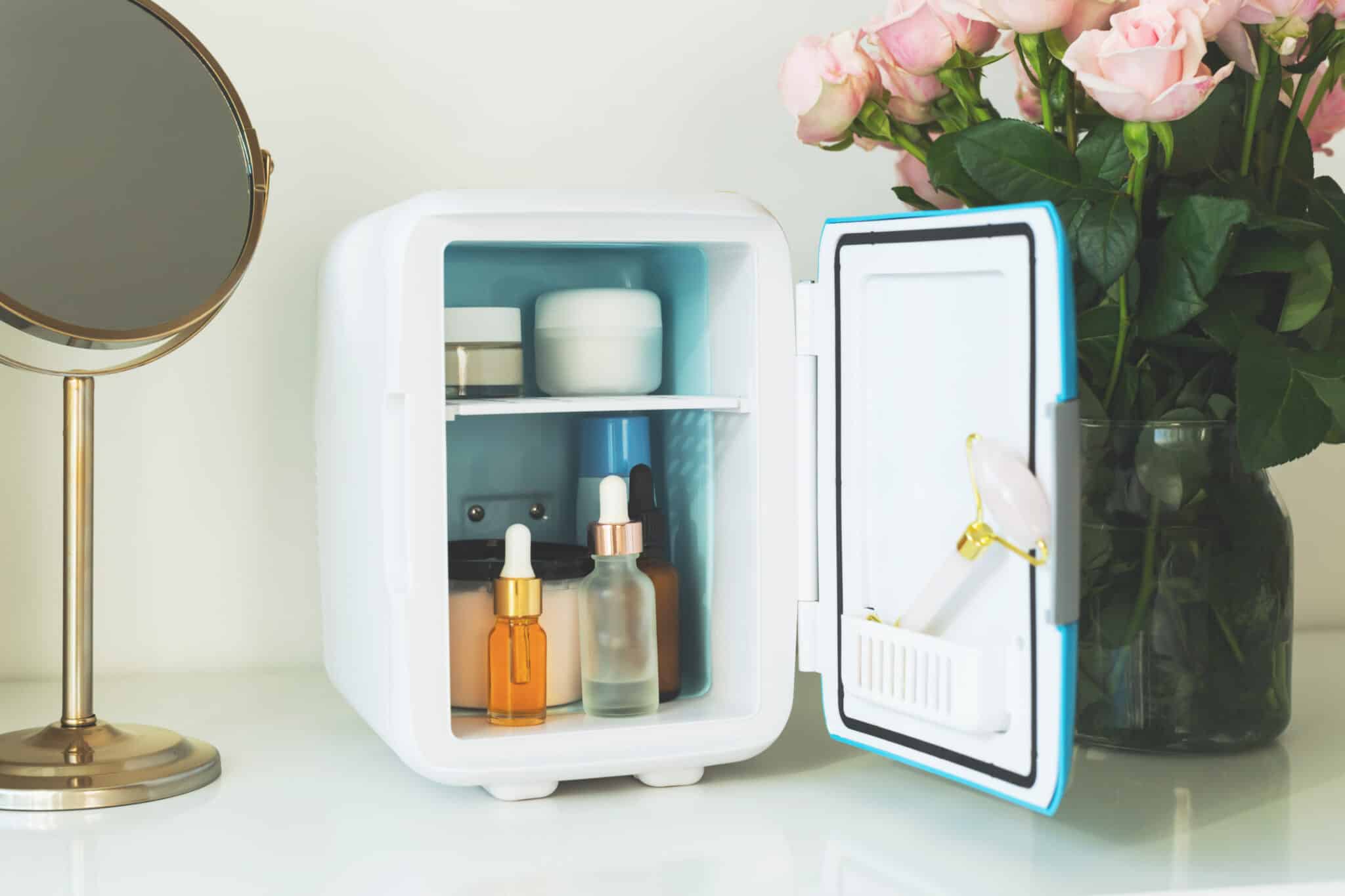The Internet has changed our lives forever. Nowadays, we go to the Internet for virtually everything. While it makes things extremely convenient, it also makes us quite vulnerable if we’re operating on an unsecured network. As a result, it’s important to get a solid grasp on network security before you navigate the net.
According to cybersecurity publications, cyber-attacks cost US businesses over $650 billion dollars last year. It makes you think: just how safe is my network? Don’t know where to start? Right here. Below, we’ll look the basics of securing your network, including hardware, software, and some useful safe networking habits to get into.
Choose a Router with Strong Encryption
When it comes to network security, data encryption is a quick and simple way to make a major impact. There are several types of encryption options out there, but the most reliable encryption today is WPA2, short for Wire Protected Access. Also, take note that WPA3 is just on the horizon.
The Netgear Nighthawk makes an awesome choice for a router with WPA2 encryption, blazing-fast transfer speeds, and a built-in firewall.
Consider a Hardware Firewall
As you navigate, your router sends out packets of data while simultaneously receiving packets from the Internet. A hardware firewall offers a valuable upgrade to network security because it acts as an additional layer of protection.
Hardware firewalls actively scan incoming packets of data for any malicious code. Should the hardware locate a threatening packet, it will intercept the packet and prevent it from transmitting to your network. The SOHO SonicWall makes a very popular choice for both residential and commercial networks alike.
Offer a Separate Network for Visitors
Before offering up your primary network password to your guests – consider this option. Nowadays, most routers automatically create an additional guest network for you.
Guest networks allow visitors access to the Internet without providing them access to any of your family’s internal network and sensitive information. Be sure to password-protect this network too.
Conceal Your Network
Under default settings, most routers will broadcast the network’s unique identifier (SSID) to allow devices to find it and connect to it. You’ve noticed this any time you check your Wi-Fi and try to connect. While convenient, this puts the network (maybe even yours) on a potential hacker’s radar.
Fortunately, you have the option to hide the SSID. This basically means that devices attempting to access your network must know the SSID beforehand.
Use Virus-Scanning Software
Navigate to the wrong site or open a suspicious email and you may just unsuspectingly download a virus or other malicious code. These threats are capable of compromising your sensitive data like account names, passwords, and more.
A virus scanner actively scans and quarantines any threats. It’s important to find a virus-scanning program that you trust and keep it up to date with the latest definitions.
Useful Tips for Better Network Security
- Choose a longer WiFi password with a good mix of letters, numbers, and symbols.
- Change your WiFi password frequently as it reduces the number of people who can access your network at a given time.
- Password-protect all devices accessing your network and never leave those devices unattended.
- Manufacturers put out firmware updates that patch up security holes in your router and improve its performance. Be sure that you’re operating on the most recent version of your router’s firmware.
Cyberattackers are opportunistic and unrelenting in nature. You don’t have to be their victim though. Utilizing the outline above – you can build a strong foundation of network security.






